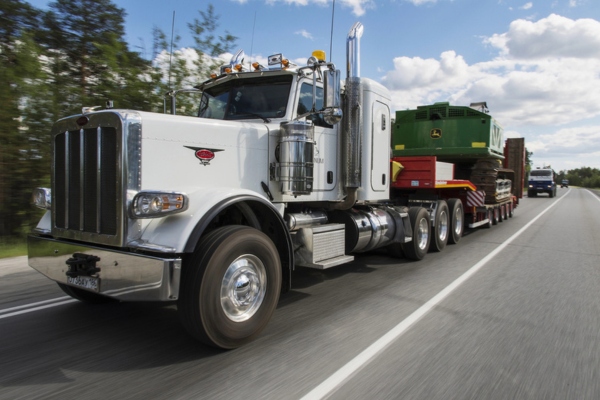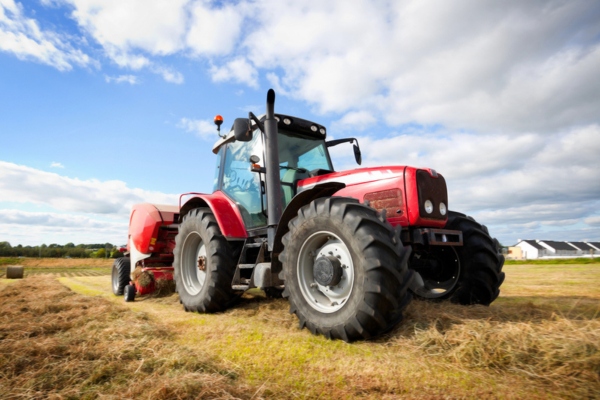Table of Contents
Diesel fuel is an essential liquid energy source used across numerous industries. Its exceptional compression properties enable it to power internal combustion engines efficiently, igniting without the need for a spark. Diesel fuel is derived through diverse methods from sources like petroleum and biomass, demonstrating its adaptability. Numerous regions have established specific diesel standards to guarantee quality and environmental sustainability.
These standards further categorize diesel into two distinct types: on-road and off-road, each with its own applications and regulatory requirements. This article explores the comparison of on-road vs off-road diesel, shedding light on their commonalities and distinctions.
On-Road vs. Off-Road Diesel: Identifying the Key Distinctions
Continue reading to delve into the nuances that set these two fuel types apart.
Understanding On-Road Diesel

As suggested by its designation, on-road diesel is engineered for vehicles operating on public roads. Its primary role is facilitating transportation, serving as the fuel available at gas stations across the country. Occasionally referred to as green diesel, this term does not indicate its physical color but signifies its renewable and environmentally friendly attributes.
Drivers can use the visual quality of the fuel as a gauge for its age and condition. A luminous, clear appearance signals that the diesel is fresh and in prime condition for use. Over time, on-road diesel may degrade, leading to reduced efficiency and potential complications in vehicle performance. Seek out suppliers known for their consistent delivery of high-quality fuel.
Off-Road Diesel Explained

Off-road diesel is designated for use in agriculture, industry, and construction, powering various equipment from farm machinery to factory operations and construction vehicles. This diesel variant supports stationary engines and site-specific vehicles that do not use public roads, playing a crucial role in boosting productivity and efficiency. Additionally, it is utilized for residential heating during the colder seasons.
Regulatory frameworks at the federal and state levels establish the guidelines for its use and taxation. To distinguish off-road from on-road diesel, refineries add a red dye, specifically Solvent Red 26 and 164, which can be identified even in minimal quantities, ensuring compliance with legal standards.
Ensure your fuel requirements are met with Lake Region Energy. Call us today for fuel delivery!
Similarities of On-Road and Off-Road Diesel

On-road and off-road diesel fuels share more similarities than differences. They are chemically identical, allowing for interchangeable use in diesel engines with consistent performance. In situations where off-road diesel is unavailable, farms and factories can temporarily switch to on-road diesel. However, they typically return to using off-road diesel to take advantage of lower costs.
Similarly, on-road vehicles can technically operate using off-road diesel. Yet, this practice is generally discouraged and often legally restricted due to regulatory measures. Motorists are advised to adhere to legal guidelines to circumvent penalties. Using red-dyed off-road fuel in applications where it is not permitted can lead to substantial fines by enforcement agencies.
Get the right fuel for your needs with Lake Region Energy. Learn more about on-road and off-road diesel options by calling us today!
Distinguishing Differences Between Off-Road and On-Road Diesel
Here are several differences between these two diesel fuel types:
Taxation of Diesel Types
The primary distinction between off-road and on-road diesel fuels revolves around taxation. On-road diesel is subject to higher taxes, with the collected funds allocated to highway maintenance and infrastructure improvements.
This approach is based on the rationale that public road vehicles should contribute to their maintenance and repair. Therefore, the taxes on on-road diesel act as a financial contribution from motorists towards the upkeep and sustainability of road infrastructure.
The federal diesel tax is consistent nationwide, but state-level taxes vary depending on either the volume of fuel bought or the purchase cost. Off-road diesel, however, is exempt from these taxes due to its different uses.
Color Difference

Given their identical chemical compositions, color is the simplest method for differentiating on-road vs off-road diesel. This visual marker allows enforcement officers to quickly identify the type of fuel in a tank with just a glance. If authorities suspect any discrepancies, they have the right to inspect a vehicle’s fuel tank.
They might take a small sample or check the fuel filter to see the fuel’s color. On-road diesel should be clear, as expected. Using red diesel, meant for off-road applications, in an on-road vehicle can lead to fines as steep as $10,000. Adhering to legal guidelines helps avoid such penalties.
Usage of On-Road vs. Off-Road Diesel
Off-road diesel is legally designated for specific uses. In construction, it powers essential heavy machinery, including cranes, loaders, rollers, and excavators, among others, significantly enhancing efficiency and reducing labor reliance. In agriculture, it runs tractors, harvesters, and irrigation systems, contributing to increased productivity and revenue for farmers.
Certain states permit the use of off-road diesel in vehicles operating solely on private property. Conversely, on-road diesel is primarily used in vehicles like cars, SUVs, and small trucks that operate on public roads, catering to everyday transportation needs.
Cost of Fuel
The allure of using red diesel in vehicles often stems from its lower cost due to the lack of taxes that make on-road diesel more expensive—sometimes by as much as 25 cents per gallon. This price difference can lead to significant savings for those who frequently refill their tanks for extensive travel. Yet, the potential for substantial fines should deter individuals from pursuing this option. The financial penalties far outweigh any savings.
Distribution of On-Road and Off-Road Diesel

On-road diesel is widely available, offering easy access for drivers at fuel stations nationwide. This accessibility and the convenience of refueling along travel routes compensate for its higher price point. In certain states, long-haul truckers with a valid tax certificate can fuel up on tax-exempt green diesel at designated pumping stations.
Conversely, off-road diesel is typically distributed in bulk, with companies such as Lake Region Energy catering to the needs of farms and businesses through truck deliveries. Most entities maintain an onsite storage tank for ease of access and continuity of supply. While a handful of rural gas stations might offer off-road diesel, such instances are uncommon. Engaging with a reputable fuel distribution company is advisable for a reliable and consistent supply.
Choose Lake Region Energy for reliable fuel services. Call us today for your on-road and off-road diesel fuel needs!
Conclusion
Diesel’s efficiency and affordability have made it a staple for diverse applications, leading to governments categorizing it into on-road and off-road types for tax reasons. Vehicles using public roads must opt for on-road diesel, sold at higher rates to fund infrastructure. In contrast, agricultural and construction machinery can utilize the more cost-effective off-road diesel.
Despite their chemical similarity, off-road diesel is dyed red to distinguish between the two easily. This differentiation aids in regulating use and preventing misuse. For those requiring a reliable supply of off-road diesel, it’s advisable to contact a reputable local fuel provider like Lake Region Energy to book a delivery.
Call Lake Region Energy For Your Fuel Delivery Needs
For top-notch diesel delivery services in Cumberland County, ME, and neighboring regions, look no further than Lake Region Energy. We specialize in prompt, cost-effective, and premium fuel deliveries tailored to meet your needs.
Rest assured, our team is dedicated to delivering unparalleled customer service with a smile. Contact us today to explore our range of delivery plans and flexible financing options.
Lake Region Energy also provides a comprehensive array of heating and cooling solutions to enhance your home’s energy efficiency, comfort, and indoor air quality. From boiler tune-ups to air conditioner repairs and mini-split installations, we’ve got you covered. Reach out now to experience the difference!
For more information about our fuel deliveries and HVAC services, be sure to contact Lake Region Energy. You can click here to contact us, or you can call us at (207) 839-5500 to find out more. We offer a full line of heating and cooling repairs, maintenance services, and installations. Click the link to view our service area.

Related Articles:
